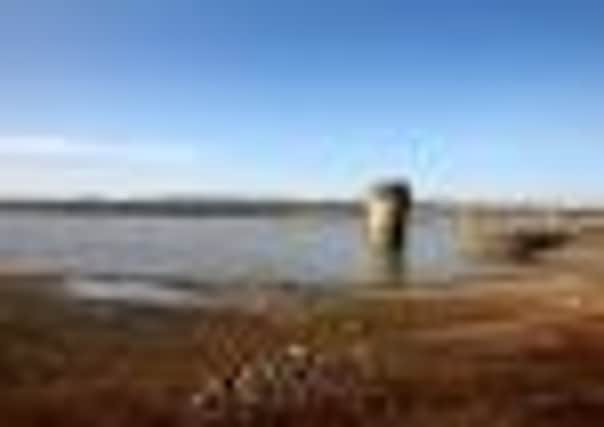South Yorkshire now on drought-risk list this spring


Earlier this week the the South East joined most of East Anglia in a state of drought, with Hampshire, East and West Sussex, Kent, Surrey, Berkshire, London, Hertfordshire, Buckinghamshire, Oxfordshire and east Gloucestershire now affected.
Today the Environment Agency said areas of central and south west England and south east Yorkshire also continued to be affected by dry weather, and groundwater levels were very low in parts of the west of England.
Advertisement
Hide AdAdvertisement
Hide AdThere is very little time left for groundwater levels to be restored by rainfall this winter before the growing season begins again, and the risk in drought in the spring and the summer in those areas is very high.
The Environment Agency also said dry weather is continuing in the south and east of England, with eastern parts receiving just 27% of February’s average rainfall so far this month.
The drought is continuing to dry up domestic boreholes in eastern England, while on the River Meon in Hampshire, the Environment Agency has responded to fish kills and distressed fish, thought to be due to low river flows.
Some 30 sea trout and six salmon have been reported dead.
British Waterways has lowered the water level on the Grand Union Canal at Tring Summit, closing it to through passage.
Advertisement
Hide AdAdvertisement
Hide AdThe drought conditions, which come after two dry winters in a row, have raised the prospect of hosepipe bans in the coming weeks.
Helen Vale, national drought co-ordinator, for the Environment Agency, said: “With the south east of England moving formally to drought this week and many parts of England at high risk, it’s more important than ever that we all use water wisely.
“The Environment Agency must balance the water needs of people, businesses and the environment.
“We are working with businesses, farmers and water companies to plan ahead to meet the challenges of a continued drought.”
Advertisement
Hide AdAdvertisement
Hide AdThe Environment Agency will be publishing a report in March, looking at the prospects of drought in the spring and summer.
It will also be looking at the possibility of a third dry winter affecting drought-afflicted areas.